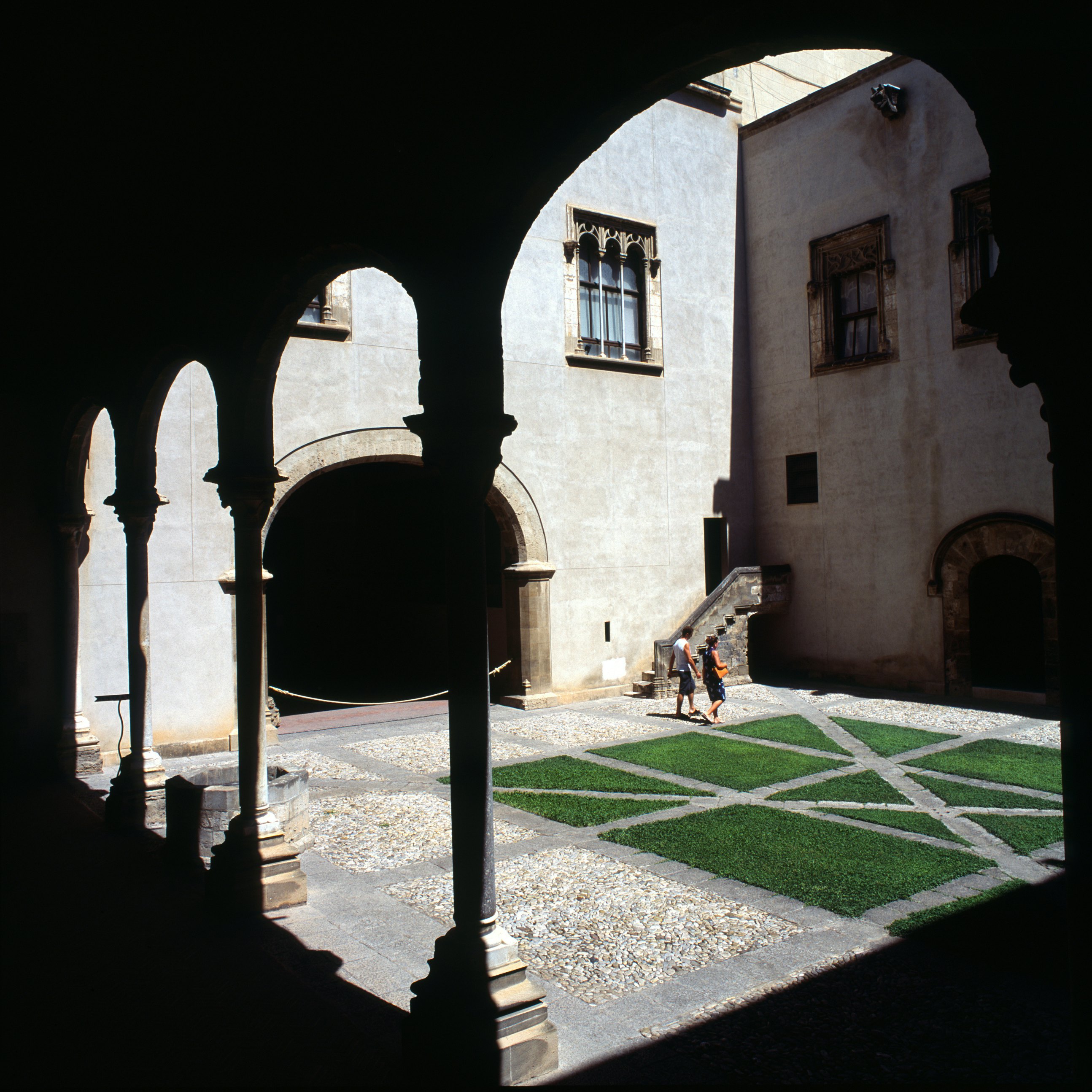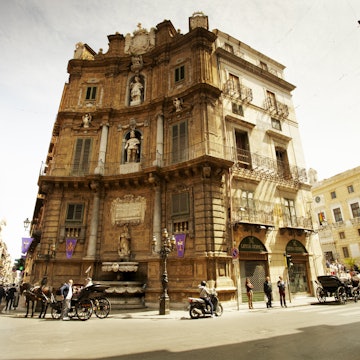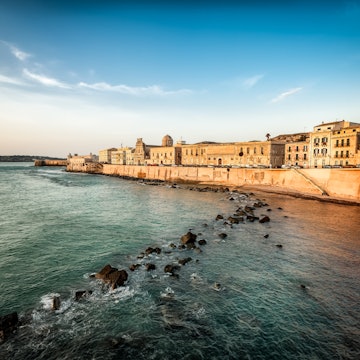
Overview
Eternal crossroads of the Mediterranean, the gorgeous island of Sicily continues to seduce travellers with its dazzling diversity of landscapes and cultural treasures.
Leave the planning to a local expert
Experience the real Sicily. Let a local expert handle the planning for you.
Must-see attractions
Planning Tools
Expert guidance to help you plan your trip
Best Things to Do
Sicily astounds with its abundance of architecture, hiking and food. Here are our favorite things to do during your next vacation.
Read full article
Best Places to Visit
Fabulous beaches, storied cities, rural retreats and Europe’s largest volcano: Sicily has it all. Here’s where to go (and stay) on this storied island.
Read full article
Best Time to Visit
Summer is the most popular time to visit Sicily, but there's plenty happening through the rest of the year too.
Read full article
Things to Know
Sicily is one of the most beautiful places in Italy, but the island has its own distinct culture. Here’s what you need to know before your trip.
Read full article
Transportation
From how to find a taxi to tips on train travel and accessible transportation, here’s all you need to know about how to get around sensational Sicily.
Read full article
Free Things to Do
With its historic churches, gorgeous art, dreamy beaches and urban tableaux, Sicily brims with free experiences. These are 12 of the best ones.
Read full article
Money and Costs
Sicily can seem like an expensive destination at first but these budget travel tips and daily costs will help you plan a trip that doesn’t break the bank.
Read full article
Traveling with Kids
Here's how to experience the best of Sicily when traveling as a family.
Read full article
Best Road Trips
Charming seaside villages, beautiful baroque towns, plus Greek and Roman ruins all await you on the best road trips in Sicily.
Read full article
Get a book. Get inspired. Get exploring.
in partnership with getyourguide
























